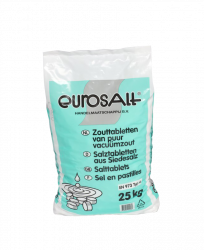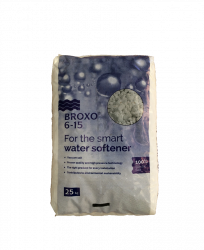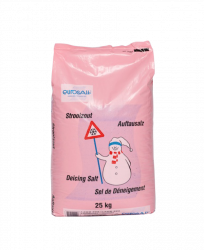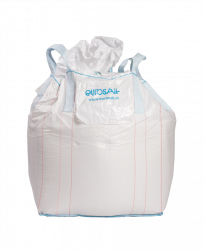Salt in Dordrecht
Dordrecht is with 118,309 inhabitants (30 April 2017, source: CBS) the fifth municipality of the Dutch province of South Holland. The metropolitan conurbation of Drechtsteden, of which Dordrecht is a part, is with about 280.000 inhabitants the 9th of the Netherlands.[source?] The city is situated at the place where the Merwede splits into the North and the Oude Maas. The municipality of Dordrecht includes the entire Island of Dordrecht. The inhabitants of Dordrecht often call their city Dordt. Dordrecht has 4 police stations, 2 fire stations, a hospital (Albert Schweitzer Hospital) and a prison (Prison Dordrecht).
Dordrecht was first mentioned in a text from the twelfth century, when the city was still referred to as Thuredrech, and received city rights at the end of the twelfth century. In the Middle Ages, the city developed as an important trading city and warehouse and was one of the six major cities of Holland. Later the importance of the city decreased, but the city centre still reminds us of this rich past.
Road salt is also a generally accepted defrosting agent in Dordrecht. It lowers the freezing point of water. The salt (almost always sodium chloride, NaCl, sometimes calcium chloride, CaCl2) mixes with the water present (ice or snow) to form brine. Because brine has a lower freezing point than water, it will freeze less quickly so that less slipperiness occurs. After sprinkling salt, there must be sufficient traffic to get a good mixture. Brine is a mixture of water and salt. When a substance is dissolved in water, the freezing point of the solution drops. For example, if water contains 1 molal of sodium chloride, the freezing point will be lowered by about 1.86°C. The freezing point reduction can be calculated using cryoscopic constant. At lower and lower temperatures sodium chloride becomes less effective. To still melt ice, calcium chloride can be used, which is however much more expensive.
Wet salt in Dordrecht
Nowadays wet salt is mostly used. In that case, the spreading machine is equipped with liquid tanks (usually on the side), in which pre-mixed brine is stored. The dry salt is mixed with brine before it is released, where the salt grains clump together. The advantage of this is that the mixture is more homogeneous than dry salt, allowing it to be scattered much more accurately. In addition, much less dust is created behind the spreader. It is therefore possible for the spreader to drive faster, up to 70 km/h (against a maximum of 40 km/h with dry salt spreading). Wet salt also adheres better to the road surface due to crystallization and because wet salt blows less quickly, it is also suitable for preventive spreading.
Effects of brine in Dordrecht
Spreading salt is not without risk. For example, car bodies need to be well protected against oxidation because brine reacts strongly with metals.
Another influence is the salinization of the soil next to the road, which affects the flora's environment. For example, salt-loving plants, such as English grass, can be found along many roads, far from the coasts where they are normally found.
However, due to increasingly sophisticated equipment and new techniques, such as wet salt spreading, the accuracy with which the salt is brought onto the road has been greatly increased in recent years, which has resulted in a lower environmental impact. Not only is the dosage used a lot lower than before (often only 10 g/m2 is spread), also much less is spread on the verge.




